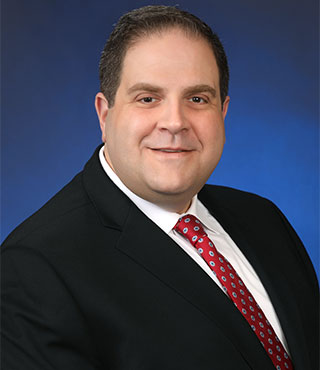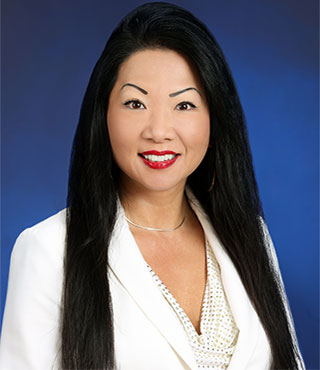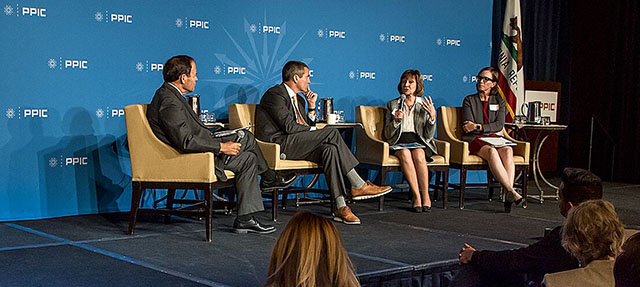Moulton Niguel Water District is an award-winning water utility that serves over 170,000 customers in South Orange County and is known for its innovative conservation efforts. We spoke with the district’s general manager Joone Lopez and board president Brian Probolsky, who is also CEO of the Orange County Power Authority, a brand-new power choice aggregator that’s bringing renewable energy to Orange County.

Moulton Niguel is known for pioneering innovative water conservation programs. What’s working best, and why?
Brian Probolsky: Outdoors is where we’re using—and wasting—most of our water. We focus on an all-of-the above approach and let our customers find their own path to resiliency. For some, that might mean changing landscaping or installing outdoor meters, but by working incrementally, everybody can get there. Specific programs might encourage naturescaping, native gardens, turf replacements, timers, soil sensors, leak detection, smart meters, or real-time feedback. We also deliver the message in a way that’s not heavy-handed.

Joone Lopez: We also offer free workshops to educate customers about programs and resources available to them. For instance, we bring together homeowners associations (HOAs)—including board members, property managers, professional landscapers, and residents—to educate about ways HOA communities can save water and money in “H2O for HOAs,” an upcoming annual workshop we offer in partnership with over a dozen water agencies and cities. [The next event is on October 19, 2021. To learn more about the event or to register, visit the website.]
How has an attentiveness to messaging helped Moulton Niguel’s efforts?
JL: We don’t say it’s about using less, we say it’s about wasting less. When the state came out with a two-day/week watering mandate during the last drought, we were exempted because what we were implementing was superior to those mandates. When you give customers information, options, and support, they’ll rise to the occasion. Nobody wants to be told what to do. Customers feel they have a choice, and that’s been a resounding success.
You helped launch the California Data Collaborative some years back, and you’ve worked with partners like Netflix and Amazon. How are partnerships important in this business?
BP: The board wanted to invest in this. We understand that we’re part of something much larger than ourselves. The old guard said we’re about pipes, water, and dirty fingernails. Certainly that’s the core of what we do, but it’s not all we do.
JL: We’re not just in the water business—we’re in the people business. I try to surround myself with smart people from different sectors. When we pull all these great minds together, we can achieve so much more. The data collaborative was born of necessity after the mandates and reductions of the last drought. As an industry, our data is in boxes and files. We called five other agencies and got our staffs together with NYU to see if we could do better. A cooperative of talent cleaned the data, centralized it, and gave input to the state. Different agencies and disciplines worked together, and the non-profit collaborative now helps water agencies collect, clean and manage data on water use on behalf of 21 million Californians.
How can making connections between water and energy help us build climate resilience?
BP: Water is a huge consumer of energy. Twenty percent of California’s electricity goes to pumping, treating, and heating water, so if you use less water, you save energy. We’ve worked with our local energy utility to co-market our rebate programs. The CPUC—the state regulator for energy utilities—is already marketing smart thermostats, so we partnered with them, on the theory that somebody who wants a smart thermostat may also want a smart water timer. Maybe we can install both and rebate that, even if that wasn’t the initial contact.
How do you foster innovation within the workplace?
JL: It’s really about setting expectations. As an industry, we’re pretty risk averse. We can’t fail, and there’s no reward for early adopters. But Moulton Niguel’s ethic is one of continuous improvement. You need to incentivize risk-taking and decide how much failure you can afford.
Everyone likes to be creative. So often, we stunt that impulse. When I had the opportunity to lead an organization, I wanted to change that culture. Innovation is not just about doing new things, it’s about doing meaningful things—unleashing the imagination to do good for others. When everyone is successful, we celebrate. There’s a dynamic excitement around innovation—it’s not forced, it’s just what we do.





